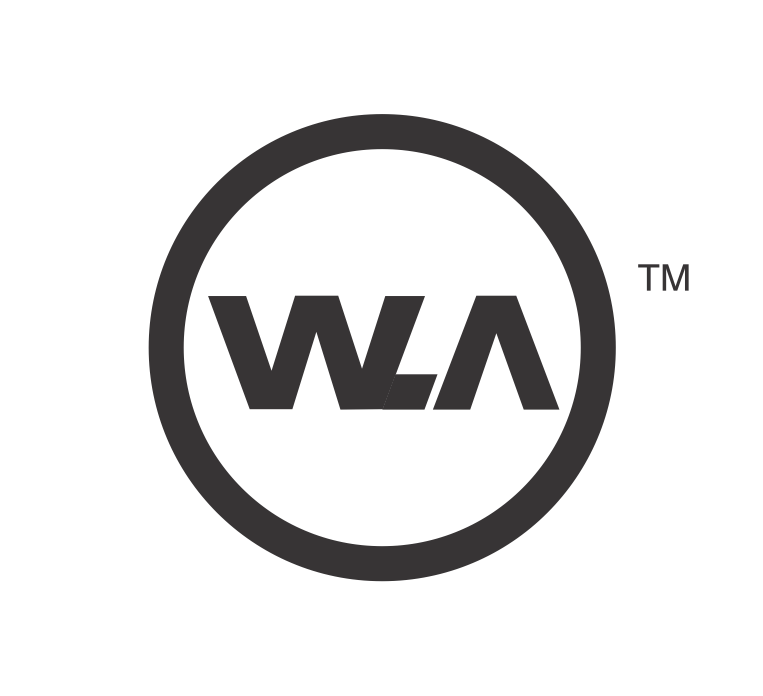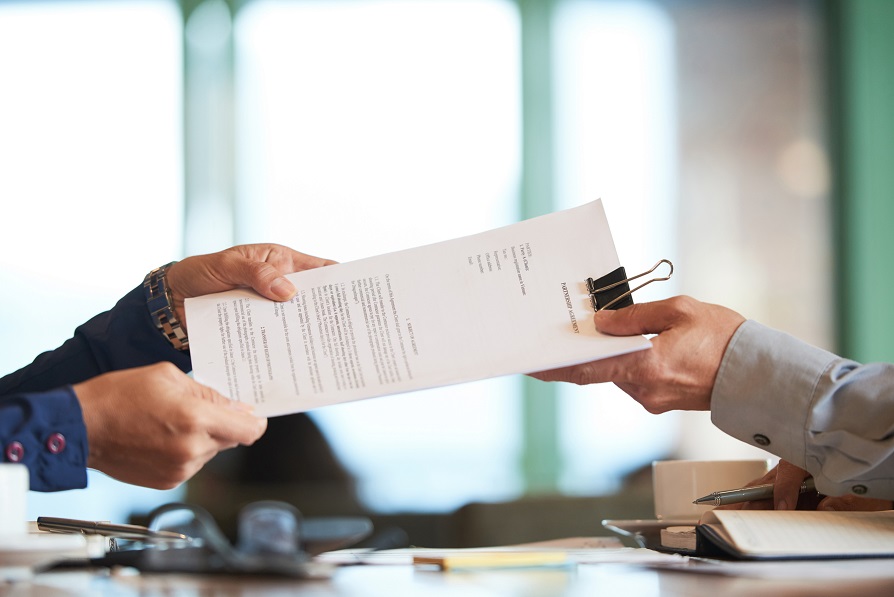In recent times, trademark registrations have increased in Peru, this is due to the simplicity of the procedure and its speed, being accessible to more and more people.
Before delving into the requirements and other peculiarities of trademark registration in Peru, it is important to have a general idea about what can be registered as a trademark and what are some prohibitions in trademark registration
A trademark is defined as a sign that serves to identify and differentiate products and services in the market, trademarks can be of different types:
Denominatives: which are made up only of one or more words
Figurative: which are made up of an image or figure.
Mixed: among which we can find brands that are made up of a term together with a figure
Three-dimensional: formed by the shape of various bodies with 3 dimensions, such as wrappers, packages, containers.
Now that we know the types of trademarks, it is necessary to know the reasons why a registration can be denied, it should be considered that the registration of that sign that incurs in any of the prohibitions provided for in articles 135 and 136 of Decision 486 will be denied, as well as the provisions of Article 137 of the same Decision, according to which the authority may also deny the registration of a trademark.
Among the most common prohibitions, reference can be made to the following:
– When the sign is devoid of distinctiveness
– When the sign is descriptive, that is, it is limited to describing the quality, quantity, destination, value, geographical origin, production season or other characteristic data or information for which said sign is to be used.
– When the sign is generic because it consists of an indication that it is the generic or technical name of the product or service in question.
– When the sign is usual because it consists exclusively or has become a common or usual designation of the product or service in question in the common language or custom of the country.
– When the sign may mislead the commercial media or the public, in particular regarding the geographical origin, nature, method of manufacture, characteristics, qualities or aptitude for use of the products or services in question.
– When the sign reproduces or imitates coats of arms, flags, emblems, among others, without the corresponding authorization.
– When the requested sign is identical or similar to a sign requested or registered by a third party (brand, trade name, trade motto), at Indicia, for the same products or services, or for products or services for which the use of the mark may cause a risk of confusion or association.
– When the requested sign affects the identity or prestige of legal persons with or without profit, or natural persons, especially in the case of the name, surname, signature, title, hypocoristic, pseudonym, image, portrait or caricature of a different person of the applicant (unless the consent of that person or their heirs is accredited).
– When the requested sign infringes the industrial property right or the copyright of a third party (unless the third party consents).
After knowing the prohibitions of the trademark registration, we can talk about the requirements and the registration procedure, as we had already anticipated at the beginning of this article, the registration procedure is quite accessible, firstly because there are not many requirements to proceed with it, First, it is advisable to proceed with a search for the trademark in order to determine if there is no similar trademark. This search can be done through the Indecopi page at the following link: https://enlinea.indecopi.gob.pe/buscatumarca/#/inicio, once it is certain that there is no similar brand that could hinder the registration, proceed to fill out the form which can be found at the following link: https://www.indecopi.gob.pe/documents/20795/173478/F-MAR-03/d894f251-1352-48a8-bdd7-6db6238896ef
In the aforementioned form, certain important data must be entered, such as the name of the applicant, country, the name of the brand, type of brand and class, as well as products or services that are to be requested. It should be noted that in Peru we do use of the nice classification in which you can search and choose different products and services through the following link: https://www.wipo.int/classifications/nice/nclpub/en/fr/
Once the form has been completed, the application can be submitted either virtually through the following link: https://servicio.indecopi.gob.pe/sel/login.jsf in which users create a account to gain access or in person by going to the Indecopi offices. The cost of the application fee is S/ 534.99 for the first class and S/ 533.30 for each additional class. Likewise, our study provides the trademark registration service in which we take care of all the steps from the presentation of the application to obtaining the registration, with a cost of US$ 550 for an application in one class and US$ 500 for each additional class, this cost is total and includes both rates and fees and expenses.
Once the application has been submitted, Indecopi carries out a formal examination in order to determine if the formal requirements have been met. In case there is any requirement for precision of any product or service or power of attorney, a power of attorney is issued. notification that can be 10 days in the first case or 60 days in the second, after this the publication of the brand is carried out, which enters within a period of 30 days after being published to receive oppositions, finally a notice will be issued resolution in which it is determined whether or not the trademark agrees to registration, this entire process can take approximately 6 months depending on whether or not the trademark received any opposition.
Finally, it is important to make a special mention of the opposition process, as we indicated in the previous paragraph, a trademark can receive oppositions. Through this procedure, the owner or applicant of a trademark opposes the trademark of a third party that is of a later date. to yours considering that their similarity or identity could generate a risk of confusion, oppositions can not only be based on registrations or previous applications in our country but also on registrations in other countries of the Andean Community or registrations of countries that are part of other treaties such as the Washington Convention and an opposition can even be sustained in bad faith.
According to what we have been able to develop in this article, registering a trademark is simple since there are currently more accessible tools that allow the user to start and continue the process without having to do it in person, only from the comfort of your home. Likewise, the registration of trademarks is important because it grants special rights to its owner, which can prevent third parties from appropriating his trademark and registering identical or similar signs.







